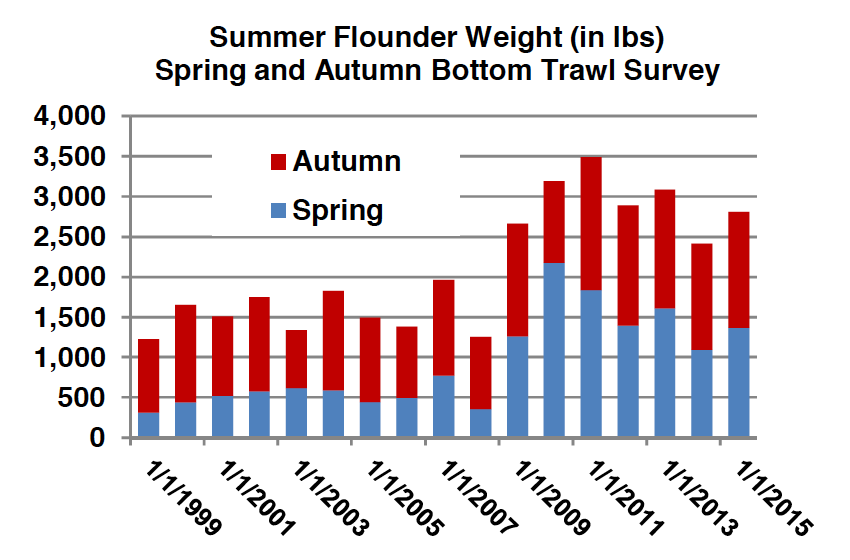November 16, 2016 — ORLEANS, Mass. — They were visible from shore for most of Tuesday, seven vessels of between 140 to 170 feet in length, four miles off Nauset Beach.
Some worked in tandem, towing a huge net between them, scooping up mackerel or herring right on the Cape’s doorstep and making local fishermen like Bruce Peters angry.
“They suck up all the herring and mackerel, the forage fish we need for the cod, tuna, stripers, the whales, what we need for the food chain,” said Peters, a longtime commercial cod and groundfish fisherman, who now runs a charter boat business and fishes commercially for tuna. “We need a 50-mile buffer zone to keep these guys offshore.”
Buffer zones that prohibit the herring fleet from fishing within anywhere from 6 to 50 miles from shore are part of a new amendment to the herring fishery management plan that will be outlined at the New England Fishery Management Council meeting Thursday in Newport, Rhode Island, and voted on at the January meeting in Portsmouth, New Hampshire. The council — a representative body of fishermen, industry representatives, environmental organizations and state and federal fishery officials — draws up plans to sustainably manage fish and shellfish stocks in federal waters. They received 238 pages of comment, much of it in support of requiring the herring fleet to fish farther from shore.


